Expert Roof and Storm Damage Repair
Free Estimates | Same-Day Service | 100% Satisfaction Guaranteed
Free Estimates
Same-Day Service
100% Satisfaction Guaranteed
Don't Let It Rain Inside Your Home or Business
Rain should stay outside where it belongs. If your home or roof have been affected by a storm, reach out to the experts at ProSource Restoration for roof repair, installation, and replacement.
With 25 years of experience, our team can provide storm damage repairs no matter if you've got a shingle, tile, slate, or flat roof. Contact us today for a FREE estimate!
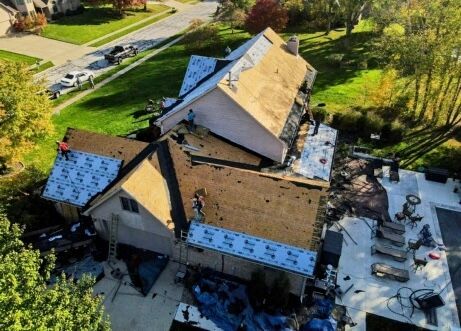
What Should I Do If My Roof Has Storm Damage?
Storm damage to your roof comes in a lot of different shapes and sizes. There are extreme cases, like a tree falling on your roof or sections of shingles missing.
And then there are a little less noticeable cases, like hail. But no matter what kind of storm damage your roof has, it’s hard to know what to do or where to start!
Storm Damage Repair in 3 Easy Steps!
SCHEDULE AND CONDUCT A ROOF INSPECTION
HIRE A DEPENDABLE, TRUSTED ROOFING CONTRACTOR
CALL YOUR HOMEOWNERS INSURANCE PROVIDER
DIFFERENT TYPES OF ROOF STORM DAMAGE
WIND
Hurricane-force winds, which are classified by meteorologists as 74 mph or greater, or gale-force winds, which are between 39-54 mph, can cause visible damage to your home’s roof. High winds can remove or tear shingles, leaving the underlayment, roof deck, or waterproofing material exposed to the elements.
During less severe storms, sudden, sharp gusts of wind can lift and curl shingles. When shingles are installed, they’re purposefully overlapped to create a water-tight seal, and this lifting and curling can break this seal, potentially leaving your roof vulnerable to damage from wind-driven rain.
HAIL
While hailstorms tend to be relatively short, and rarely last for longer than 15 minutes, hailstones can leave dents or pockmarks in shingles and knock shingle granules loose. This can be problematic because these granules help protect your roof against rain and sun damage. Hail damage can also ruin the pleasing aesthetic appearance of your roof’s surface.
STANDING WATER
Roofs without proper drainage can experience problems with standing water after big rainstorms, especially in uneven areas. Clogged gutters can also cause backed up rainwater under your shingles, which allows moisture to potentially penetrate the underlayment or the roof deck.
DEBRIS
Depending on how severe the storm was, debris can end up on the top of your roof, everything from small branches to larger tree limbs. Large objects can dent or impact the surface of the shingle, leaving that area of the roof vulnerable to moisture intrusion, whereas lighter branches may not be as much of a problem.
As always, safety is first. Contact a trusted, professional roofing contractor to schedule an inspection and help you with damage assessment.
Is My Roof Considered Storm Damaged?
Possibly! If you read through any of the examples on this page and said, “Hey, that sounds like my roof!” then you most likely have storm damage. If that’s the case, it’s crucial that you contact an expert as soon as possible to come out and conduct an onsite inspection. In the meantime, consider contacting your insurance company as well to figure out what your policy covers.
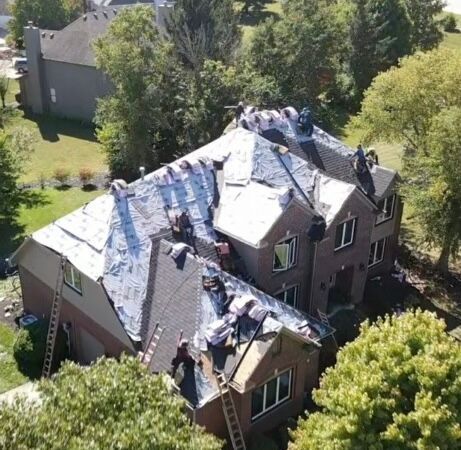
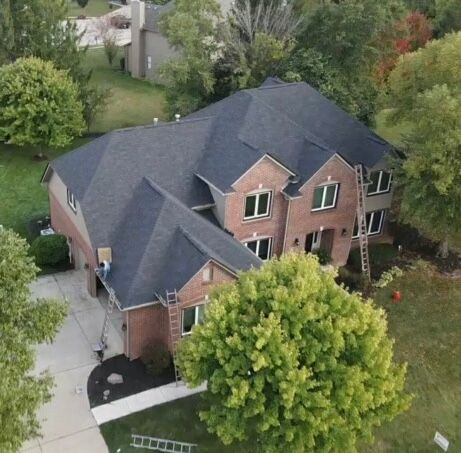

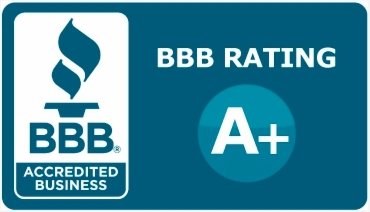

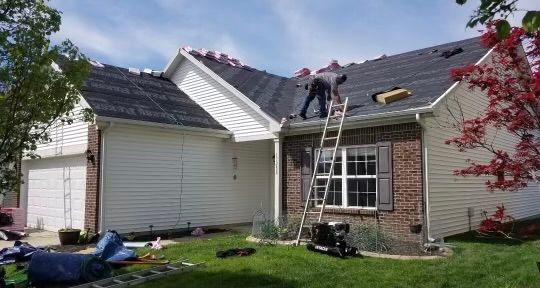
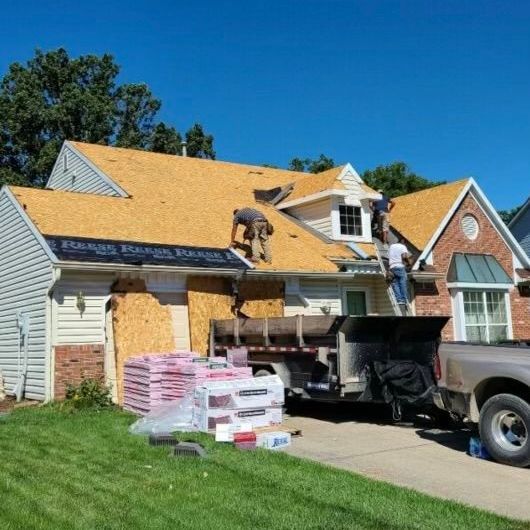
Share On: